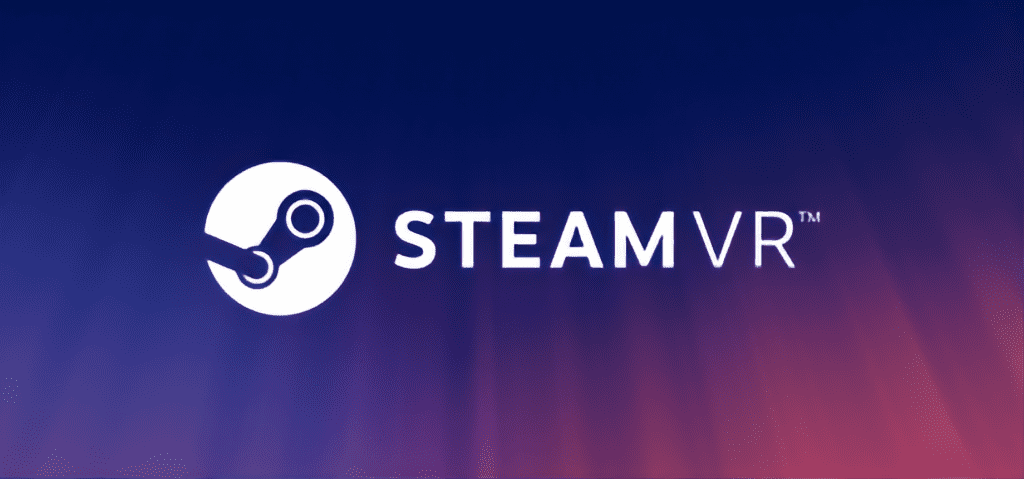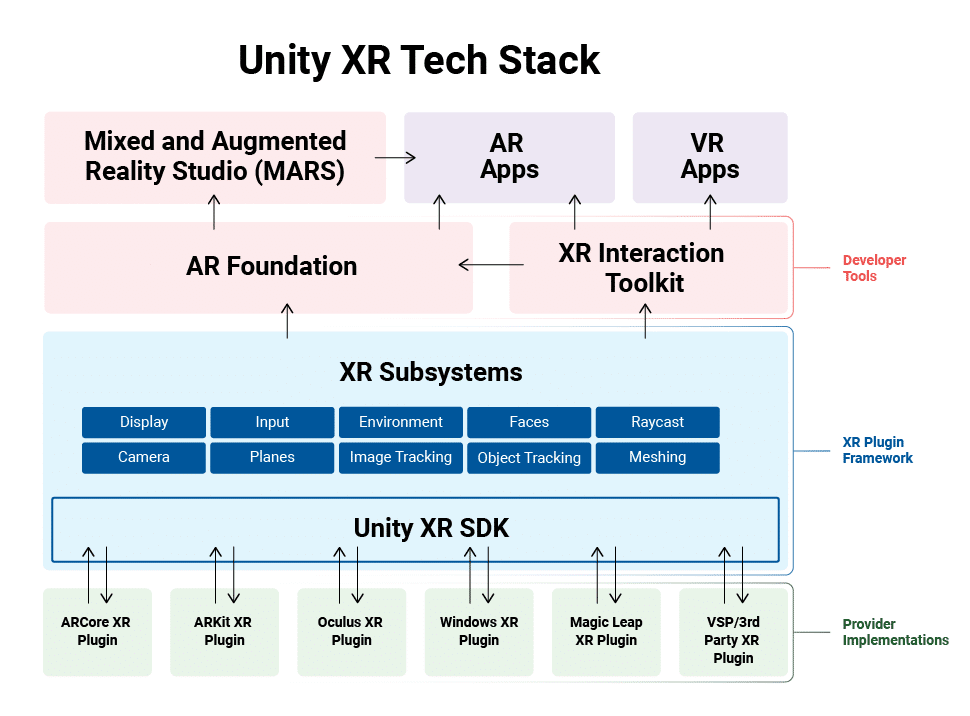
Valve has released a beta version of OpenVR for a new system of plugins XR game engine Unity. Unity is used to create most of the virtual games.
2019.3 when Unity was released in open access in January, the engine didn’t support native support for VR, including OpenVR — application programming interface (API) for Valve’s SteamVR. It was replaced by a new modular system XR Plugin.

In the new system, Unity “officially” worked with 7 XR platforms: Apple ARKit, Google ARCore, Microsoft HoloLens & WMR, Magic Leap, Oculus and the PlayStation VR. Support for these platforms may be included a few clicks of the mouse. These platforms are “fully supported” the Unity and the company “directly” working with them over the “deep integration of the platform, improvement of the engine and optimization of the technological stack for the XR platform.”
However, the engine also allows third parties to write their own plugins. At that time, Unity has stated that Valve is working on such a plug-in for OpenVR, which will be delivered separately from the Valve Unity.
This is what is now released, and available on GitHub from Valve .
The input system is not yet complete
Valve describes this original version as a beta version and warns that the developers have not yet have to release titles with it.
Currently, the input system works by displaying certain buttons based on simulation for each controller. The game, developed with the help of this plugin, still can’t create actions OpenVR.
This means that players will not be able to use the built-SteamVR to reassign controls. It also means that the developers still do not have access to the API input SteamVR Skeletal.
Valve is planning to fix these problems in future versions. At this point Valve offers the following workaround:
We have created a custom binding deprecated and connected them to the input system of Unity, to provide you with individual access to the greatest number of sensors of the controller. You can change these bindings in the playback mode, clicking the SteamVR interface , Menu, Settings, Controllers, Manage Controller Bindings, Custom (Menu, Settings, Controllers, Managing controllers, bindings, and Custom). They are saved in your project folder at Assets / StreamingAssets / SteamVR / [bindings] .json. We have included the default bindings for the various controllers supported by SteamVR.
If you want your controller has been included in this default list, please create an issue on our github with your preferred former anchor and system design of single input.
Source







